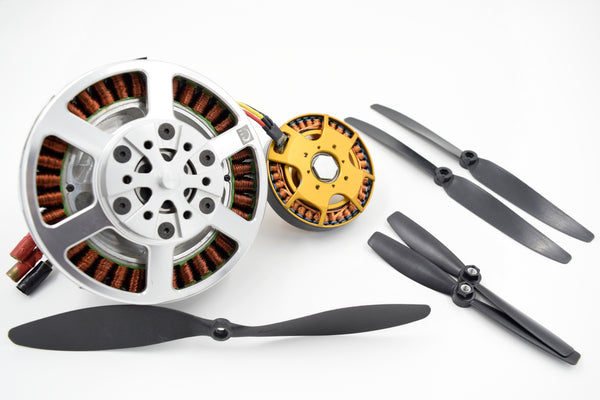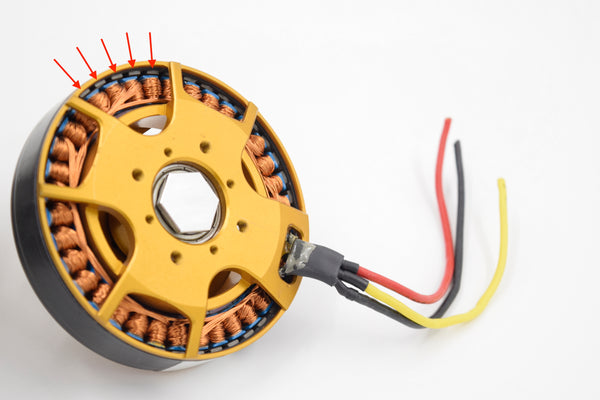I would like to ask what is the ratio of rotor and stator pole pairs of BLDC motors in general?
"BLDC" is a very generic term and there are many, very different types, from massive ones such as in large robots and electric vehicles down to the tiny and electrically very crude ones used in a lot of small cooling fans and such (PC fans etc).
High torque servo type motors are usually have three stator pole pairs and a two pole magnet rotor.
Multi-pole ones such as used for drones etc. come in numerous pole combinations, there is no one set standard.
There is a database with some common types linked from this page -
Our database of drone motors, propellers and ESCs was built to serve as a resource for drone designers, making drone test data more available to save development time. Access the database here. It is community-driven and anyone can share test data about performance...

www.tytorobotics.com
Direct link as it's not obvious:
The majority in that are 12 or 14 pole.
Ideally, look at the manufacturers data for the motor.
Otherwise, with an open frame outrunner motor you can probably count the coils and the magnets attached to the inner surface of the rotor.
Or to make the motor "notch" to you can feel steps to count them, you can apply a low voltage across two of the three connections (so the current is just a fraction of the motor rating). That will give detectable positions.
Just shorting wires does allow you to feel the poles, but you cannot count them reliably on high pole count motors like that, as there is only resistance at speed.
This is an article on working out pole counts for unknown motors:
If you are building a drone, RC vehicle, or any machine that uses a brushless DC (BLDC) motor, you have likely encountered the concepts of motor poles and motor Kv. In this article we cover what these metrics mean, how to calculate and measure them, and finally how they are related. Both of...

www.tytorobotics.com
[Sorry Max, but anything only driving two windings is using a cut-down or economy setup - most serious systems run all three phases; even the basic PIC BLDC stuff Microchip provide libraries for and like on the dev board is full three phase PWM.
https://onlinedocs.microchip.com/pr...tml?GUID-5432FFF9-E0E0-4372-BF8B-ADEE41BC70A4 ]
Multi-pole Outrunner on the left - 19? pole if I remember correctly - and a small servo style, three pole pair stator & two pole rotor.

 www.tytorobotics.com
www.tytorobotics.com

 www.tytorobotics.com
www.tytorobotics.com

